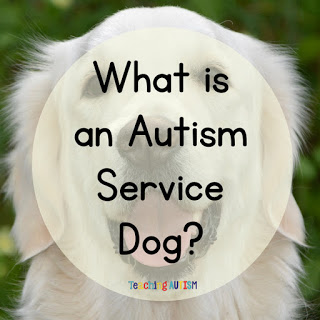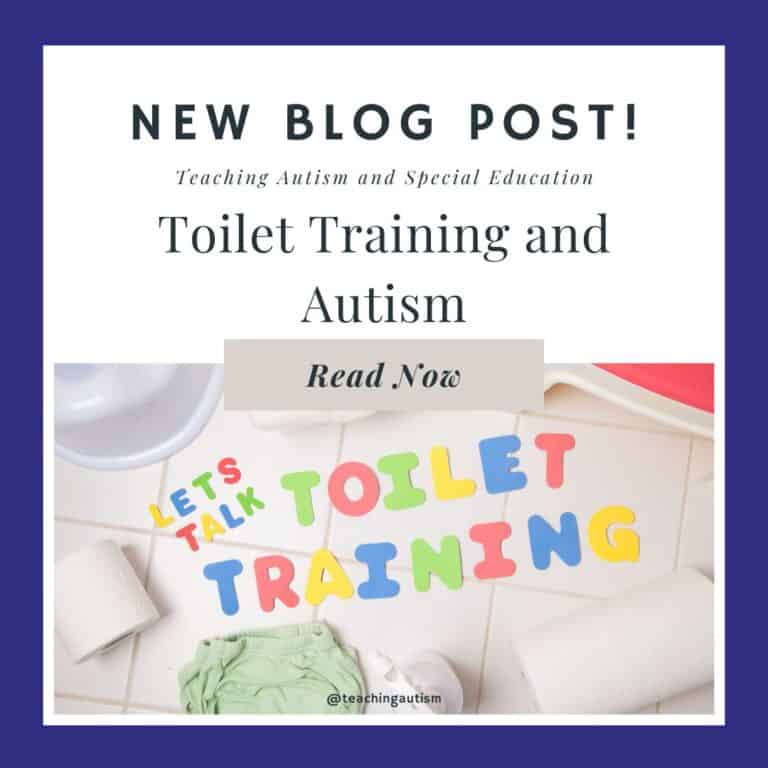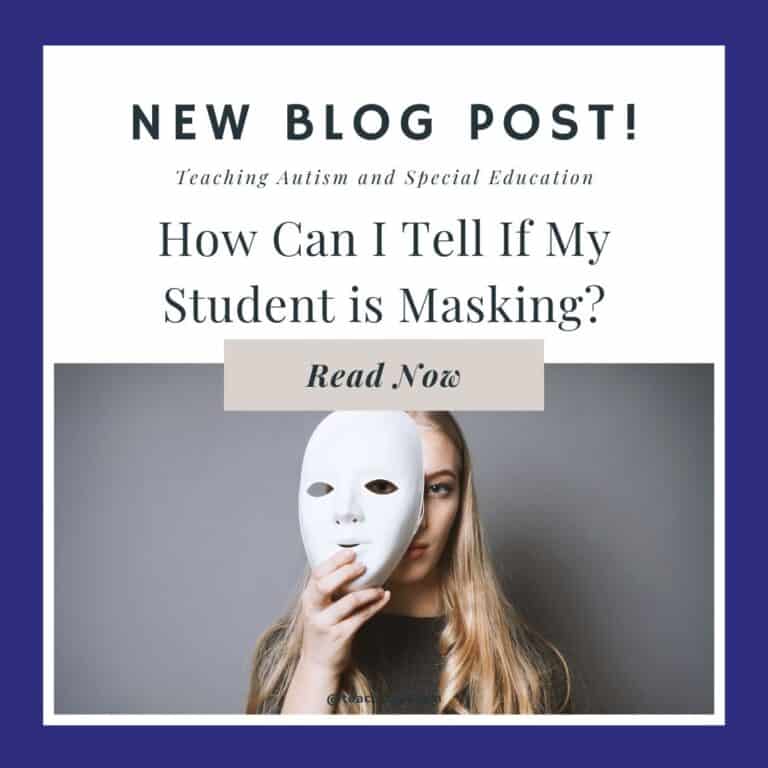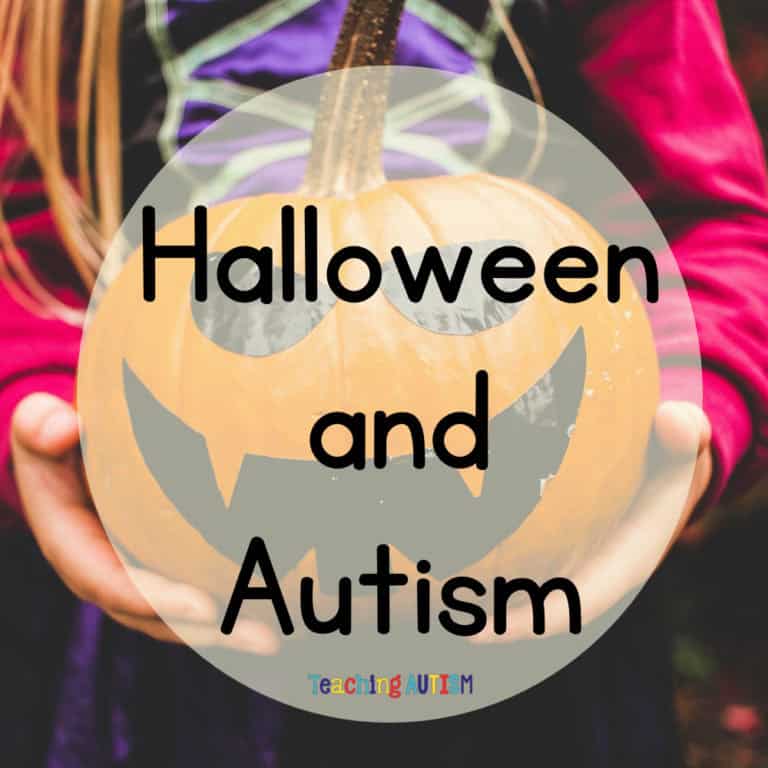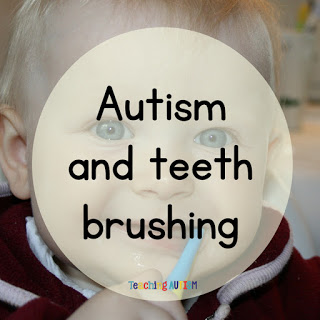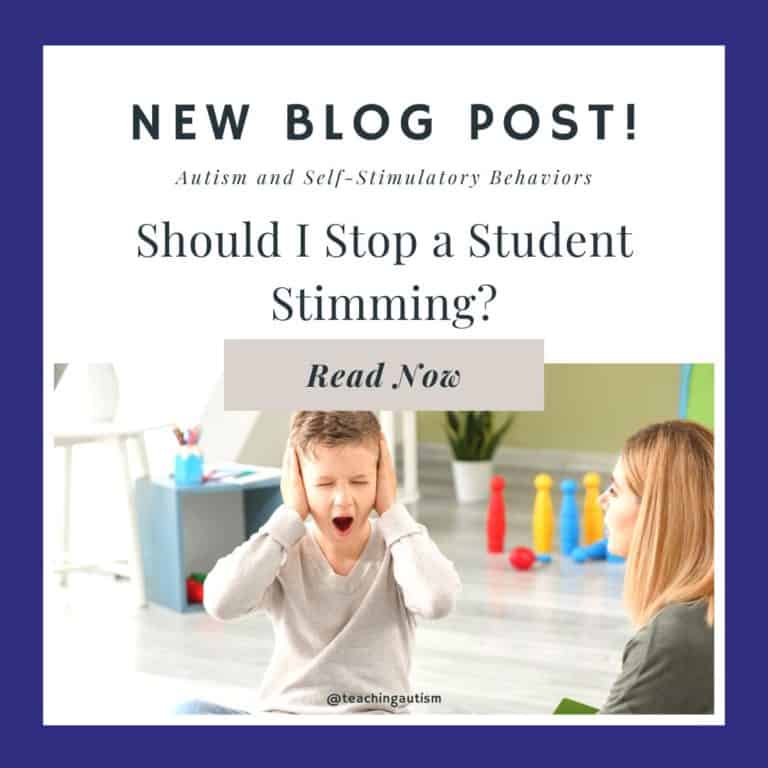Horse Therapy and Autism
Horse therapy and horse-riding are two very different things. This blog post will focus solely on horse therapy – but it will also explain why it differs from horse-riding. Read on to find out more..
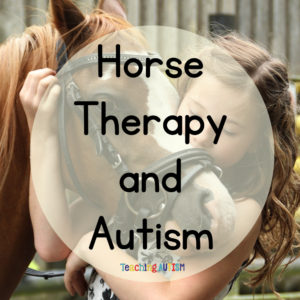
So, let’s start with the basics – what is horse therapy?
- a physical therapist,
- occupational therapist
- speech and language therapist.
- The sensory feel/sensation that the individual will get from riding a horse
- The emotional sensations that the individual will get from riding a horse
- and the motor sensations that the individual will get from riding a horse.
What are the sensory benefits?
Riding a horse requires a lot of balance and spatial orientation. If an individual doesn’t have great balance, the therapists are there to help hold them. They can also guide them to balance and correct their posture. Riding the horse will help the individual to awaken their vestibular sense organs. Speed, change of direction and the change of incline can help to awaken these organs. That is what gives the individual the sensory experiences that they crave. Experiencing this will keep the individual engaged. The individual will also be excited to take part in horse therapy.
Social and Emotional Skills
Horses are used by therapists in many different ways. This is to suit the individual riding them. Their main goal is to be able to help them reach the individual through ‘hippotherapy’. Hippotherapy basically means to ‘treat an individual with the help of a horse.’ Therapists will receive training and get certified before they can call themselves ‘hippotherapists’
Where can you go for horse therapy?
What are the main differences between horse therapy and horse riding?
- Horse therapy involves trained therapists as well as a horse handler.
- The therapists are trained to ensure correct posture for the individual. This ensures the individual is receiving all the benefits.
- Horse therapy requires that the therapist involved is hands-on throughout the entire session.
- Many horse riding lessons can be tailored to suit individuals needs. Especially those with autism. This is usually parents – or staff – providing information. Whereas horse therapy has information from trained therapists.
- Horse therapy occurs year round, on a 1 to 1 session.
- The instructor in a horse riding lesson can be on a horse to show what to do. Or they will be on the floor and give commands.
- Horse riding lessons generally take part in groups – unless you pay more for 1:1 sessions.
After reading the benefits, I believe that horse therapy can be used for anyone. Not just individuals with Autism. It can be helpful for individuals on so many levels, diagnoses and abilities.


